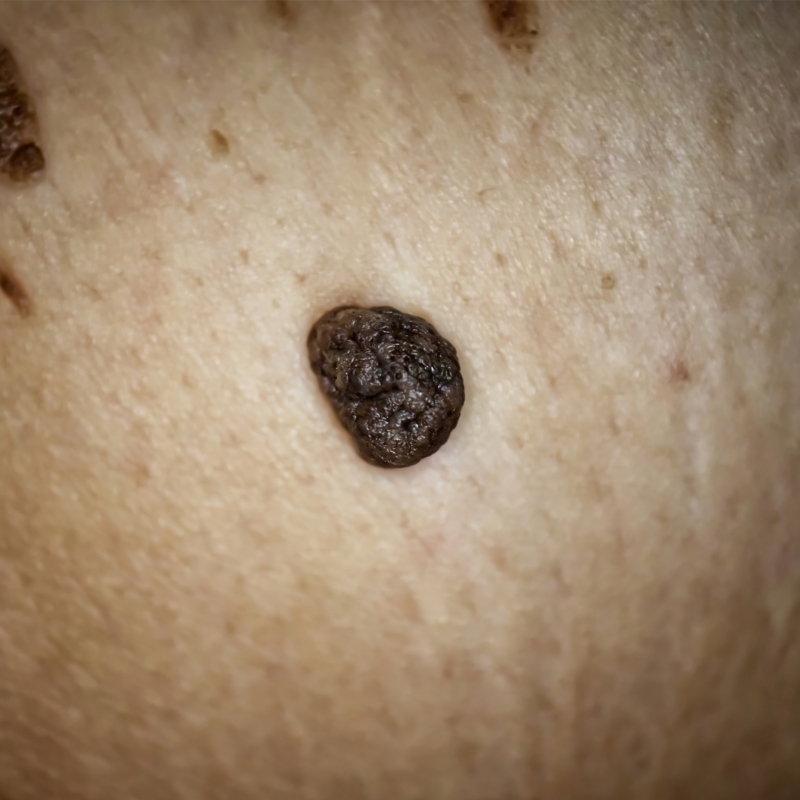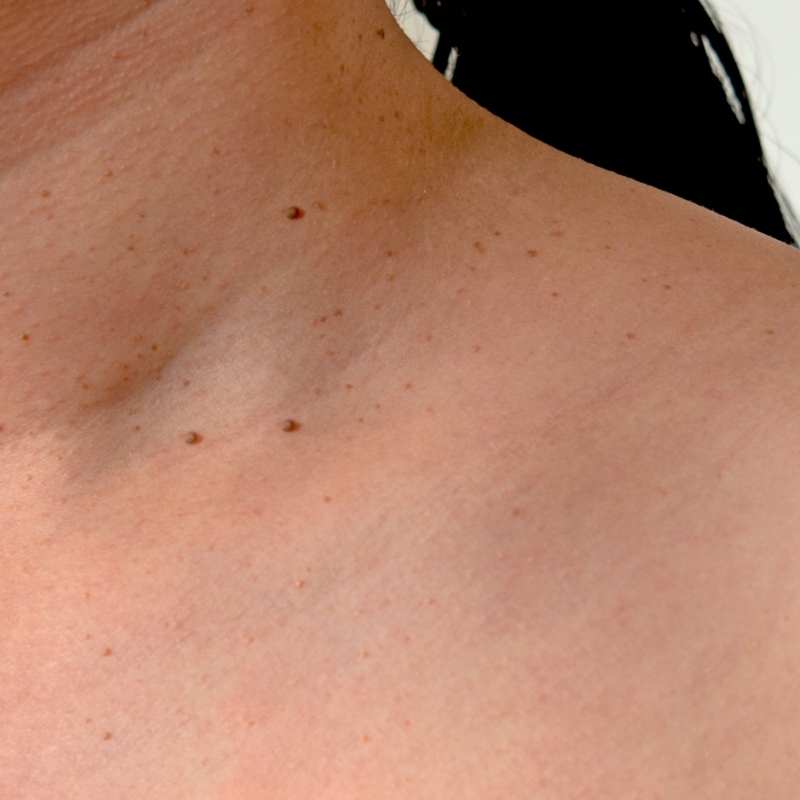Spots on your skin develop from a condition called skin lesions. Moles, warts, and skin tags are all common types of these growths. While none of these issues presents any health risk, they certainly don't look attractive. The symptoms of all these skin conditions are often similar, making it hard to distinguish between them. Here at AKJ Skin and Laser Centre, we permanently diagnose and eliminate these skin lesions using cutting-edge radio wave tech.
Radiosurgery employs cutting-edge diathermy tech to "trim" away lesions on the skin's surface until they blend in completely. The radiofrequency energy used in this technique does not harm the healthy tissue, so there is no scarring. The AKJ Skin and Laser Centre medical staff will examine the lesions first to see if they are okay to be removed. AKJ Skin and Laser Centre offers treatment options for the following skin lesions.











